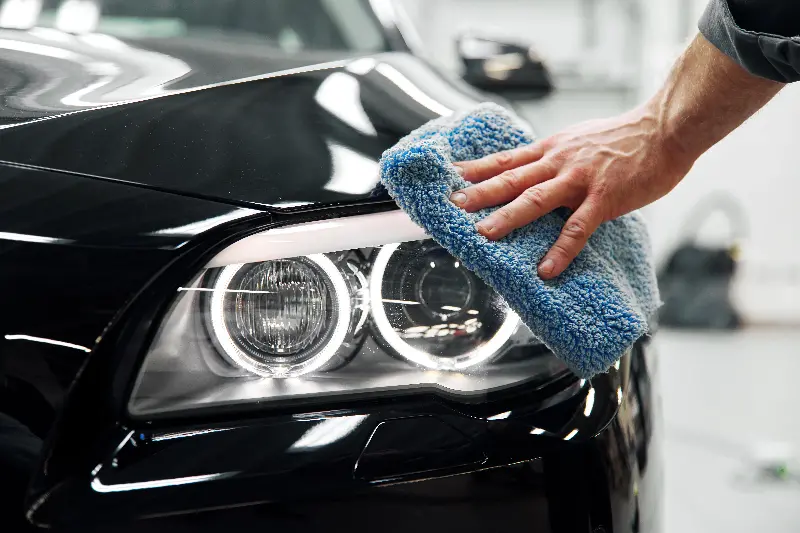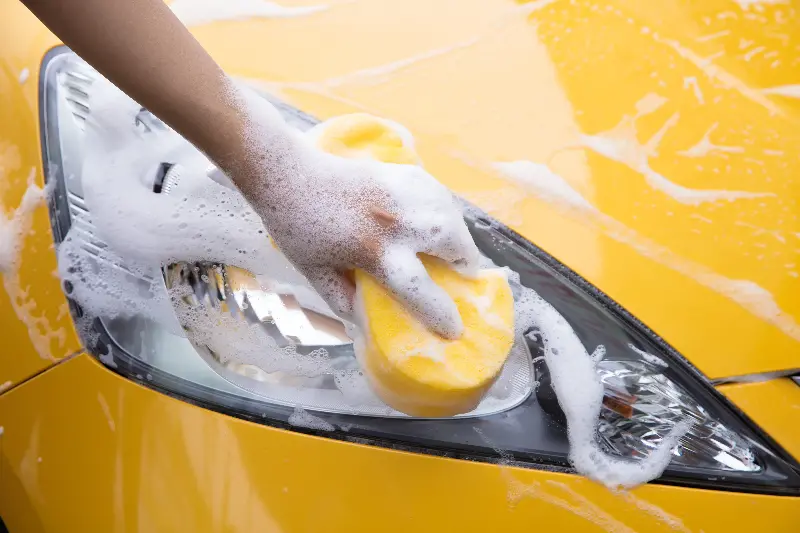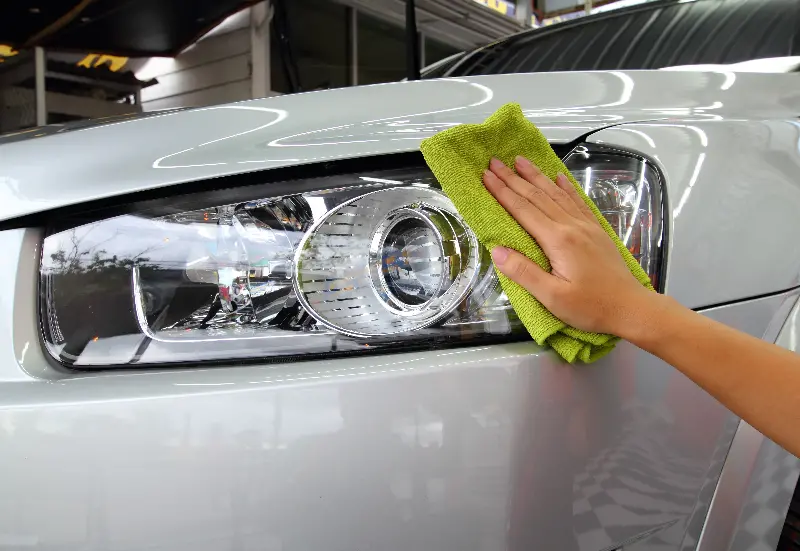Have you ever walked up to your car and noticed that your headlights look dull, foggy, or yellowed? Beyond being a mere aesthetic annoyance, cloudy headlights can become a real safety concern, reducing nighttime visibility by up to 80 percent in severe cases. This common problem is caused primarily by oxidation—a process where the polycarbonate plastic lens degrades due to constant exposure to sunlight and harsh environmental conditions. Add in debris, chemicals, and weather, and those sparkling clear lights from the showroom quickly turn lackluster.

Many motorists don’t realize headlight clarity is crucial for safe driving. Dim headlights can impair your ability to see road signs, curves, pedestrians, and obstacles after dark or during bad weather. Fortunately, restoring clarity is easier than you might think, and you don’t have to be an auto enthusiast to get the job done. Let’s explore how effortless it can be to clean your car’s headlights and why you might want to roll up your sleeves instead of reaching for your wallet.
Effortless DIY Headlight Restoration Steps
You don’t need a toolbox filled with special equipment to clean your headlights. Most of the supplies are already in your kitchen or easily found at your local store, making this a practical and budget-friendly car maintenance task.
First things first, start by washing your headlights with car soap and water. This removes basic grit and grime, making it easier to see the true extent of the cloudiness or yellowing.
One popular home remedy is using toothpaste, thanks to its gentle abrasives that buff away surface oxidation. Simply apply a pea-sized amount of plain white toothpaste (not gel) to a soft cloth or sponge, then rub it onto the headlight lens using small, circular motions. Spend a few minutes working the paste into the lens, applying firm but gentle pressure. Afterward, rinse off the residue and wipe the lens clean with a towel. You’ll be surprised by how much clarity is restored, even after this simple step.
If toothpaste doesn’t deliver the results you’re hoping for, try the baking soda and vinegar method. Mix a thick paste using a tablespoon of baking soda and enough vinegar to form a consistency similar to cake frosting. Spread the mixture onto the lens and gently rub it in with a soft sponge or cloth. Let it sit for a few minutes before rinsing and drying.
Some car owners swear by headlight restoration kits available at auto parts stores. These kits come with specially-formulated compounds, sandpaper in various grits, and microfiber cloths. Most kits provide step-by-step instructions and can tackle severe headlight clouding or scratching. If you prefer a more professional-looking finish—and are willing to invest a little more time—these kits deliver satisfying results.

Finishing Touches For Protection
Once your headlights are clear, it’s important to add a protective barrier. Clean, raw plastic will quickly oxidize again without a shield against UV rays and environmental contaminants. Many restoration kits include a specialized sealant. If you’ve done a DIY fix, you can use car wax or even a spray-on UV protectant designed for plastics. Apply according to the product’s instructions, usually with a clean cloth and buff to a shine. This step preserves your hard work, keeping headlights bright and clear for months to come.
Maintenance Is Key
After restoring your headlights, regular maintenance extends their clarity. Wash the lenses whenever you clean your vehicle, and periodically re-apply wax or UV protectant. Avoid harsh chemicals or abrasive sponges that could scratch or dull the surface. If you notice yellowing or haziness returning, a quick reapplication of the above methods will keep visibility at its best without repeated costly replacements.

Interesting Facts About Headlight Care
Headlight technology has shifted dramatically over the last few decades. While older vehicles featured glass headlights, almost all modern cars use polycarbonate plastic, which is lighter and less likely to shatter. Unfortunately, this plastic is more susceptible to UV damage. Over time, manufacturers have improved protective coatings, but exposure to sun and pollution still take a toll.
Did you know headlight clarity doesn’t just affect what you see—it also determines how well others see you? Clouded headlights can make your car less visible from a distance, especially in fog or rain. Insurance studies have even found a link between poorly maintained headlights and increased accident rates.
Though many drivers assume a mechanic visit is required for headlight restoration, studies show that DIY methods are just as effective in most cases, provided the lenses aren’t deeply cracked or pitted. Not only is home restoration satisfying, but it also saves money and reduces waste—making it a win for both your wallet and the environment.
The Bright Road Ahead
Cleaning your headlights is one of those rare car care rituals that’s simple, affordable, and pays off immediately in increased safety and enhanced appearance. Whether you’re prepping for a road trip, planning to sell your car, or simply want to feel proud each time you park, clear headlights are worth the small investment of effort.
Next time you notice your car’s lights are looking dim or dingy, skip the expensive replacements and try these effortless cleaning steps. With just a bit of time and household items, you’ll see the road—and your vehicle—in a whole new light. Safe travels!
